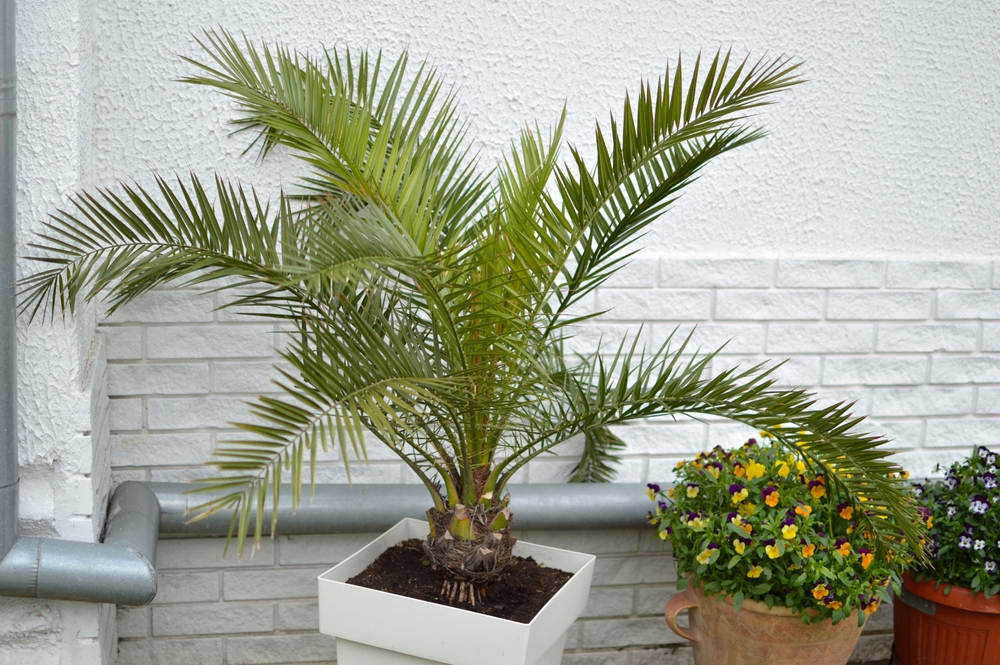Have you recently brought home a Majesty Palm to add some greenery into your space, but don’t know how to care for it? You might be wondering, how much water does a majesty palm need?
The Majesty Palm, like nearly every other plant, will need water in order to survive and grow healthy leaves and roots. However, too much or too little can be bad for them. Here’s a quick guide on how often to water majesty palm.
How Often to Water Majesty Palm?
The first thing you should know about Majesty Palms is that they don’t need daily watering to survive, even when placed outdoors.
Ravenea rivularis, or the majestic palm is similar to a cat palm and requires infrequent watering and only when the top layer of the soil is dry to the touch. This may sound tricky to some, but there’s a good way to know if your majesty palm needs water or if it’s okay to wait a day or two more.
Get a feel for the soil’s moisture level by sticking your finger two inches deep into the surface. If it’s still moist then you can forgo irrigation. If it’s bone dry, then it’s time to reach for the watering can. A moisture meter serves the same purpose and is actually more reliable, so if you can get one then it’s recommended that you do so.
Generally speaking, you should water your majesty palm plant once every 7 to 10 days during its growing season, and less when the season is rainy or during winter. The tropical plant does not like soggy soil and will exhibit root rot in the form of yellowing and droopy leaves if you water too much.
Water more if the plant’s climate is warm and if the majestic palm is sitting in a spot that gets bright and indirect light throughout the day. However, you should still do the moisture test with a wooden chopstick, finger, or moisture meter so you won’t make the mistake of watering when the soil is still wet. That said, it’s better for your majesty palm to sit in a medium that’s half-dry than one that’s in a perpetually wet state.
How to Water a Majesty Palm
The recommended way to water a Majesty Palm is to introduce water into the soil until you see it leaking out at the bottom of the container or pot.
As for how much water you need, it depends on the size of the plant and the pot that it’s staying in. The bigger the specimen, the more water you’ll need in order to reach all the roots and get all the soil wet. You can save precious water and not waste it by carefully pouring or sprinkling the water into the soil and stopping when you see it coming out the drain.
It’s important to water the whole pot or medium so all the roots can be fed. Simply putting in a cup or two of water will not count as giving your Majestic Palms a drink. As a side note, you should be mindful of the water quality you’re giving, as too much chlorine or heavy metal will make the majesty palm sick. It’s recommended that you collect rainwater, or use filtered water instead of tap to avoid brown fronds and crispy leaf edges.
Allow the tap water to sit for at least 24 hours before giving it to your plants to avoid contaminating the soil. You can collect water in a bucket or drum to have the chlorine content evaporate over time.
To prevent waterlogging and root rot, you should consider the majesty palm’s container and soil type. The pot should have several drainage holes at the bottom part so excess water will exit and not stay in the soil.
As for the soil type, you should have a well-draining medium that doesn’t retain too much moisture. Pure garden soil should be amended with perlite, sand, or aged compost to improve composition and to make it lighter.

